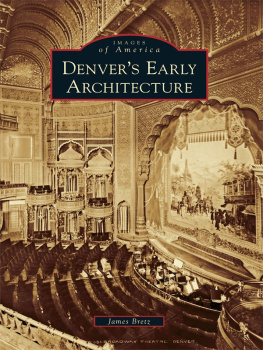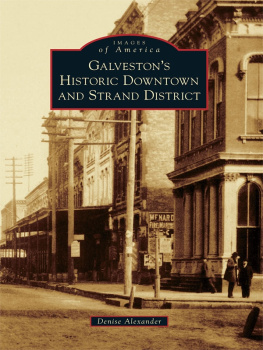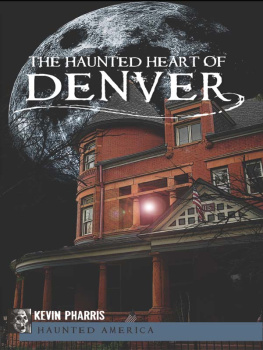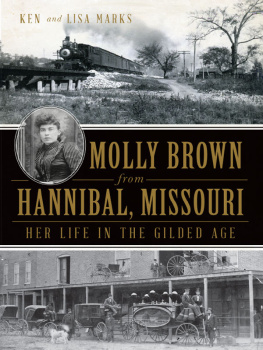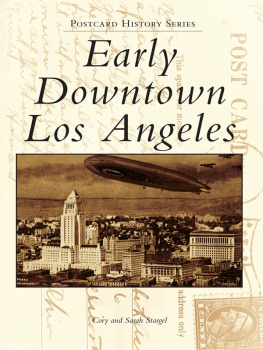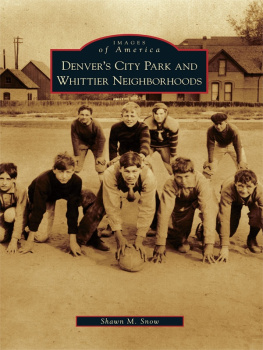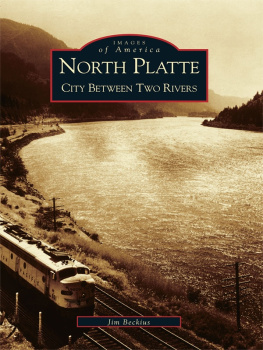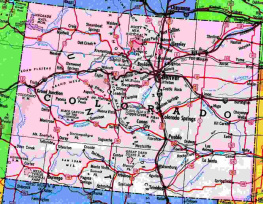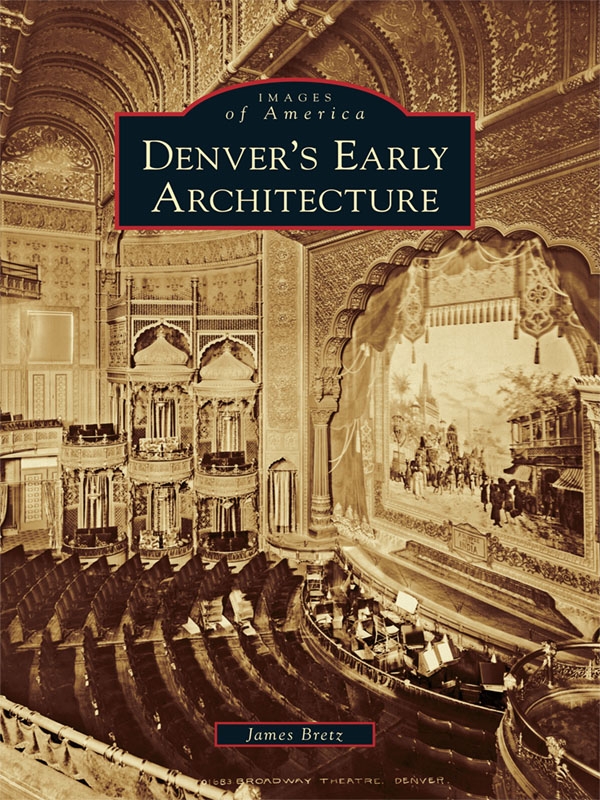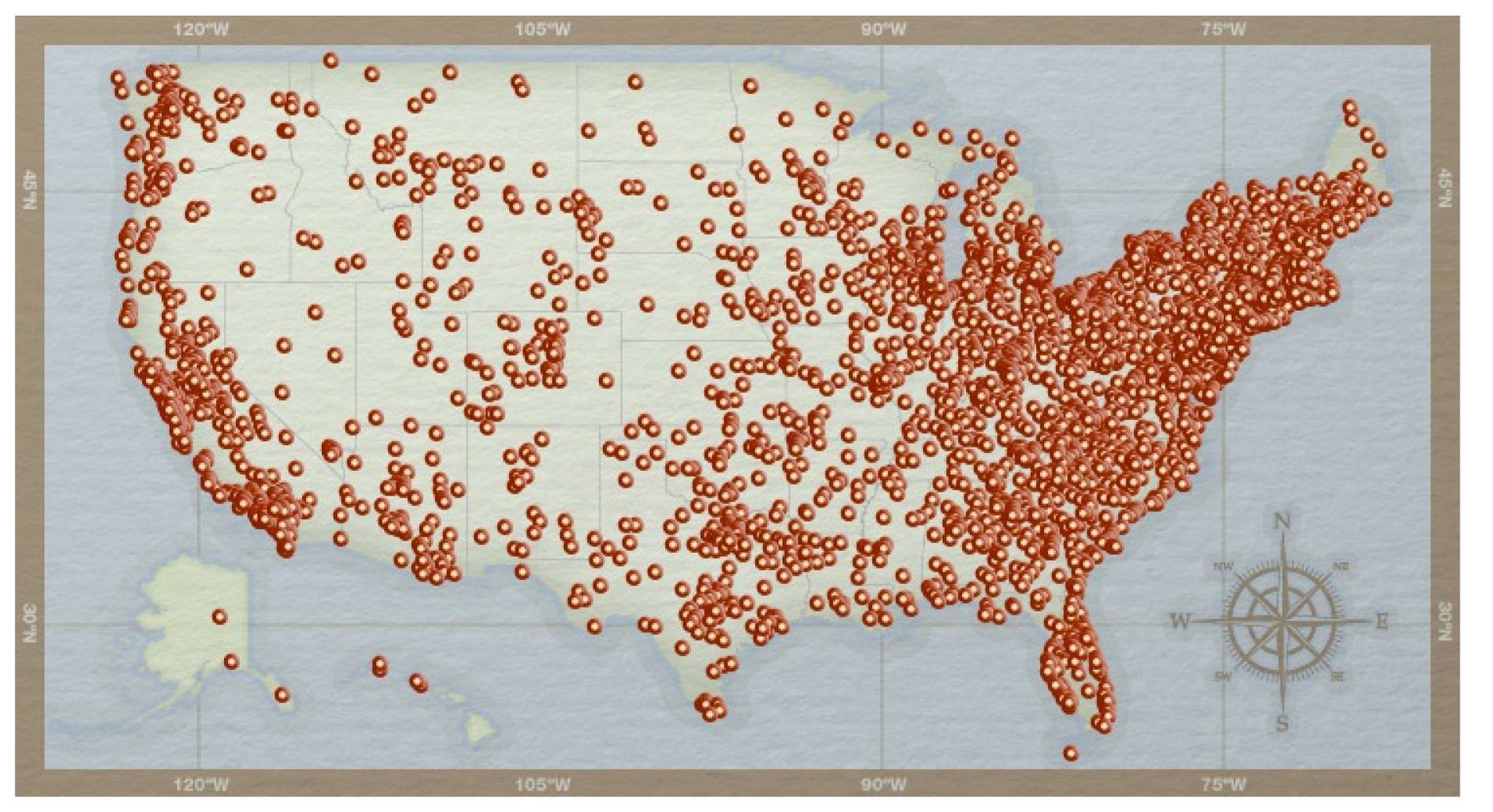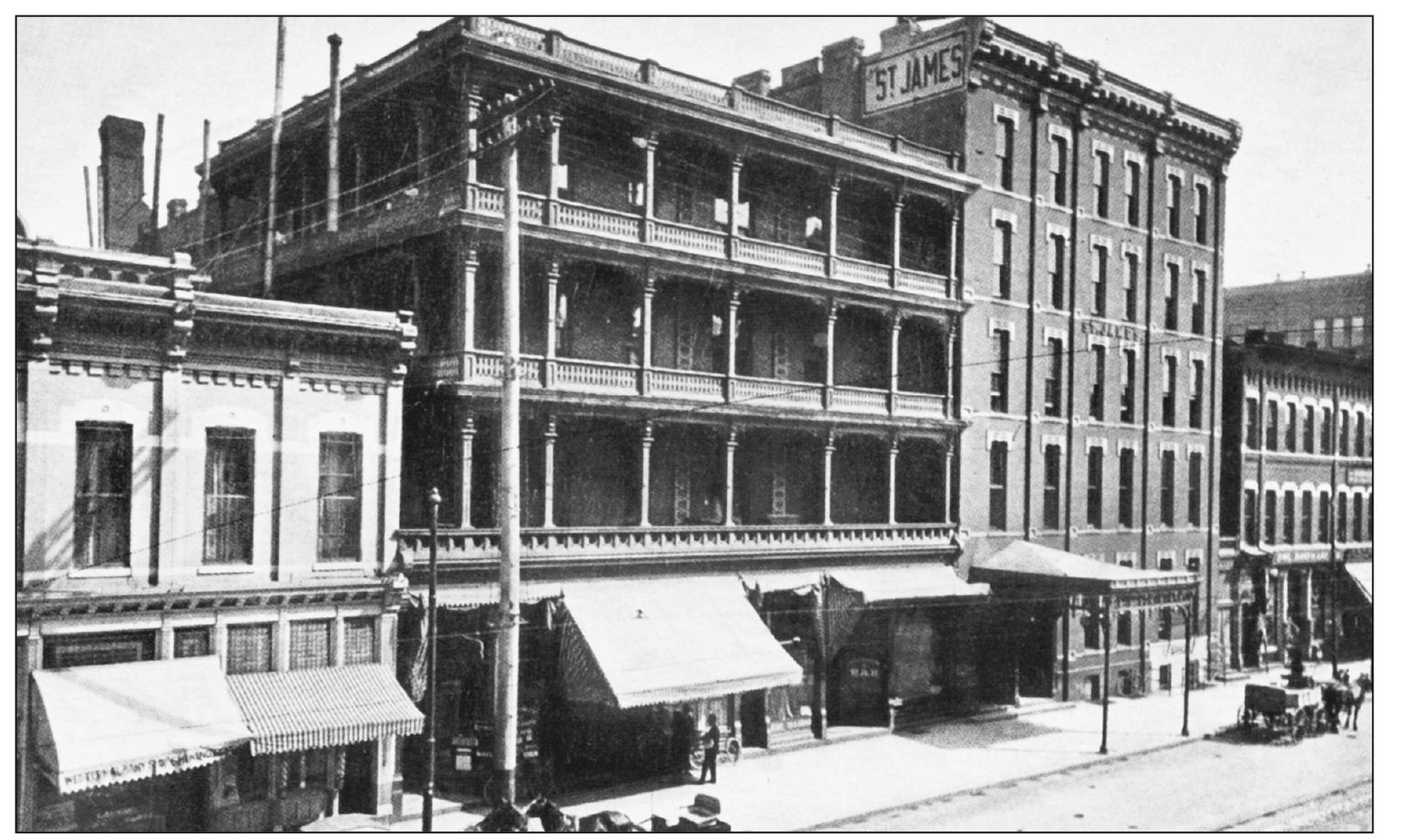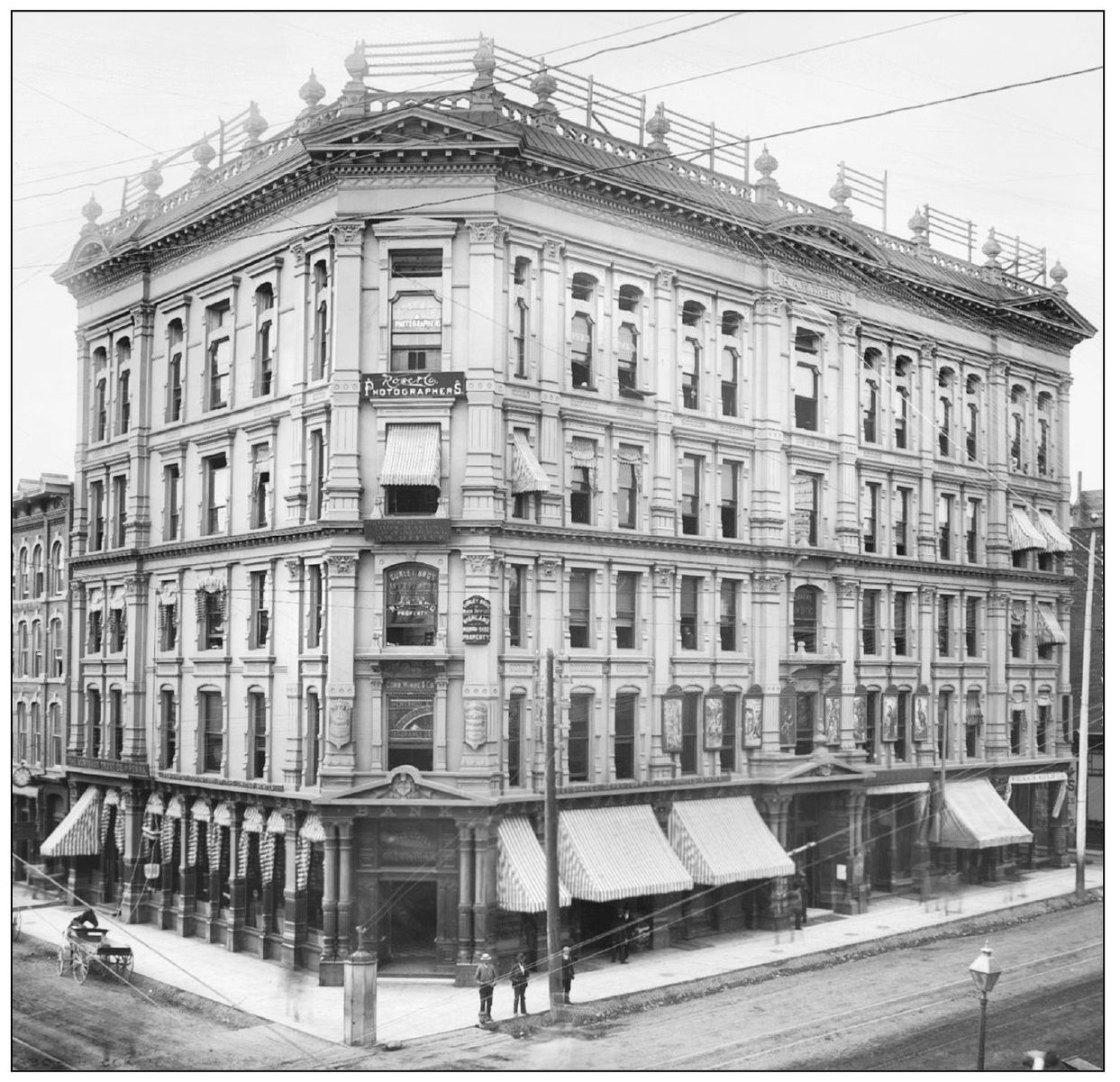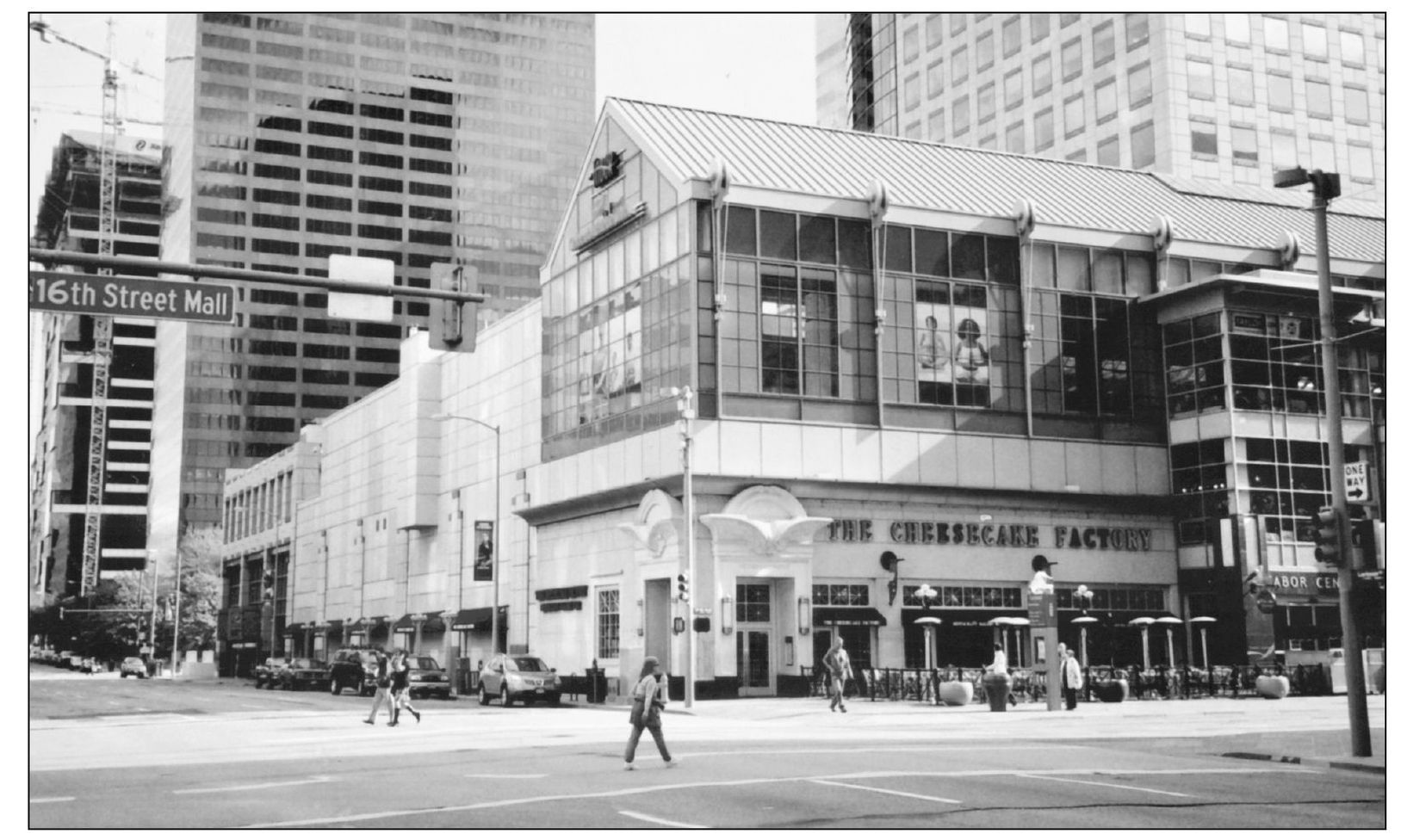The author wishes to thank the staff of the Stephen Hart Library of the Colorado Historical Society and the staff of the Denver Public Library Western History Department for their help in the researching of this material, as well as Dodge Meadows of the Grant Street Mansion; Michaels of Denver Catering; Rick Bass; Mark Terrel of the Perrenoud; Pete Jordan and Deborah Ellis of the First Church of Christ, Scientist; Sharon McIntyre; Dorothy Bowie; Ken Larsen; and Martin J. Wohlnich.
Thanks, also, to Mary Ann Davis of the Colorado Trust, Carla Pradia of the Barth Hotel, Rev. Mike Morran of First Unitarian Church, Glenn Barrows of the First Unitarian Society of Denver, and Rozolen Stanford of the Central Presbyterian Church.
Special thanks go to William Gard Meredith and David G. Ricciardi for their unwavering support.
Unless otherwise noted, all images are from the authors collection.
DPL denotes the Denver Public Library Western History Department photograph collection.
BIBLIOGRAPHY
Arps, Louisa. Denver in Slices . Denver: Swallow Press, 1959.
Dallas, Sandra. Cherry Creek Gothic . Norman, OK: University of Oklahoma Press, 1971. Denver Building Permits, 19081920.
Denver Business Directories, 19241930.
Denver City Directories, 18712001.
Denver Post . Various editions.
Haber, Francine, Kenneth Fuller, FAIA, and David Wetzel. Robert Roeschlaub . Denver: Colorado Historical Society, 1988.
History of Colorado, Illustrated . Edited by Wilbur Fisk Stone. Chicago: S. J. Clarke Publishing, 1918.
Johnson, Forrest H. Denvers Old Theater Row . Denver: Gem Publications, 1970.
Jones, William C. and Kenton Forrest. Denver: A Pictorial History . Boulder, CO: Pruett Publishing Company, 1973.
Rocky Mountain News . Various editions.
Sargent, Porter. The Handbook of Private Schools . Boston: Press of Geo. H. Ellis Company, 1915.
Smiley, Jerome. The History of Denver . Denver: Times-Sun Publishing, 1901.
Whos Who In the Rockies . Denver: The Denver Press Club, 1923.
Woven Into the History of Denver; The Colorado Trust Building . Susan M. Thornton, Trish Wakawa, Christopher Craven, John Boak, Kenn Bisio and Gifford Ewing.
Find more books like this at
www.imagesofamerica.com
Search for your hometown history, your old
stomping grounds, and even your favorite sports team.
One
HOTELS AND APARTMENTS
Early Denver was an unsettled city, and hotels rose on every block to meet the needs of dusty travelers. Apartment living became the norm downtown and later in Capitol Hill. Hotels such as the Grand Central and the Oxford were popular. Of the many apartments built downtown in the early days, virtually none exist today, along with few of the original hotels. Pictured is the St. James Hotel in the 1500 block of Curtis Street, now demolished.
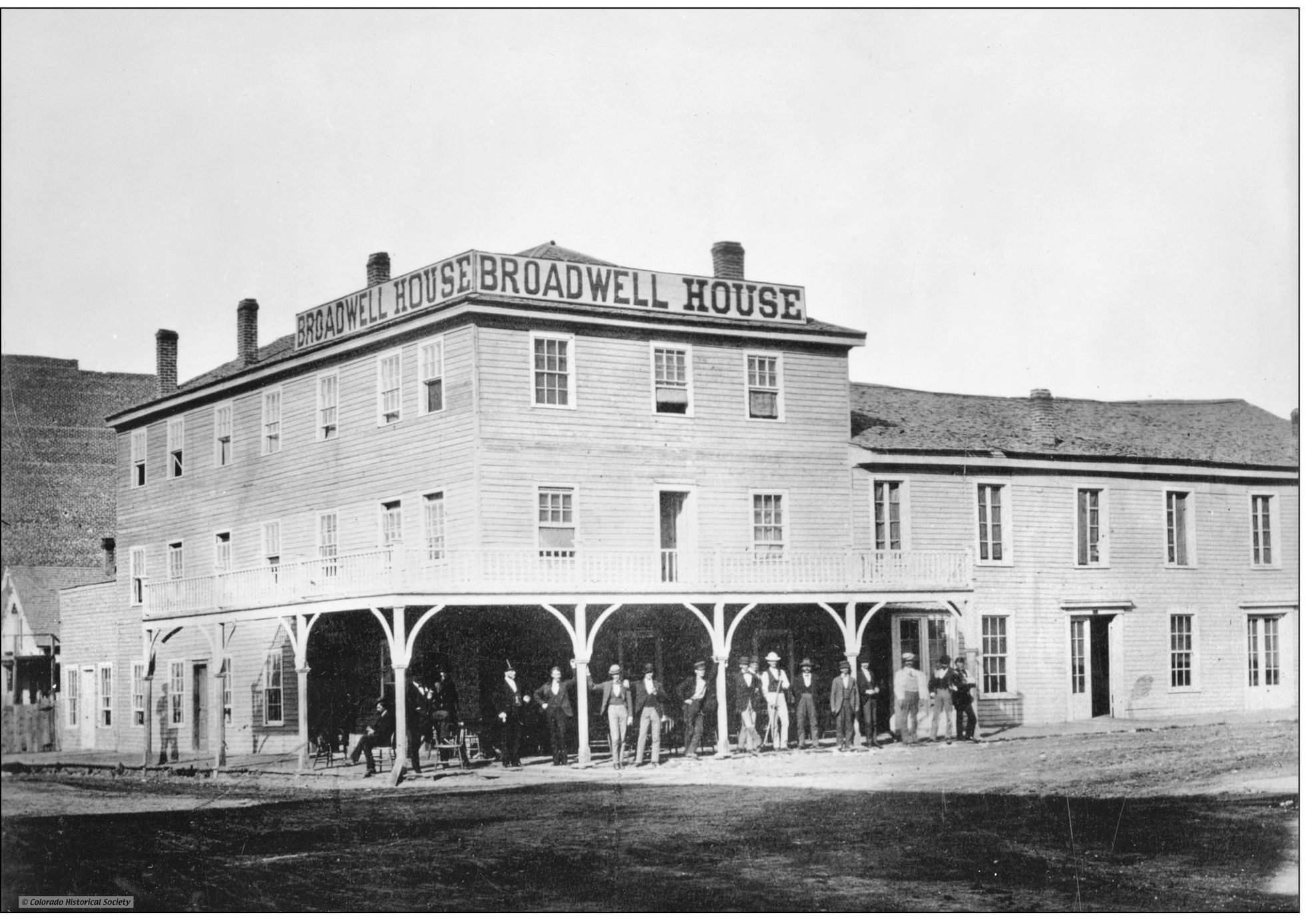
The Broadwell House/Tabor Block was located on the northeast corner of Sixteenth and Larimer Streets. The Broadwell, designed by architect Leonard Cutshaw, was built in 1859. The Tabor Block architects, Willoughby and Frank E. Edbrooke, saw their structure erected in 1880. One of Denvers earliest hotels, the Broadwell House became a popular meeting place for those in the horse and cattle trade and those traveling from the east on to California. An addition was built in 1871. Only when American House was built in 1869 did the Broadwell begin to lose its first-rate status. The same happened to American House when the Windsor Hotel opened in 1880. The Broadwell catered to a widely diverse clientele, from trappers and gold miners, to salesmen and politicians, to refined society. The hotel was well known for its fine food. A menu of the early days offered bean soup, bottled pickles, mountain trout, buffalo steak, venison, sage hen, plum pudding, and raspberry ice. Horace A. W. Tabor, the silver king from Leadville, purchased the Broadwell and had it demolished to make way for his impressive Tabor Block, also known as the Nassau Block. (Courtesy of the Colorado Historical Society.)
Hiring Willoughby A. Edbrooke as architect, Horace A. W. Tabor set out to build a solid monument to himself. Stone was quarried in Ohio. Massive iron posts gave support to the Tabor Block. This was at a time when many of the citys buildings were wood-frame structures lining unpaved streets. This was also a time of frenzied construction in the downtown area. (Courtesy of the Colorado Historical Society.)
The Tabor Block had many firsts for Denver: the first elevator, the first building of six stories, and the first telephone company in the city, the Consolidated Telephonic Corporation. By the 1930s, however, the Tabor Block was struggling to stay afloat. By 1958, all but the first floor was closed. It was torn down in 1972. The namesake Tabor Center shopping complex (pictured here) was built on the site in 1984.
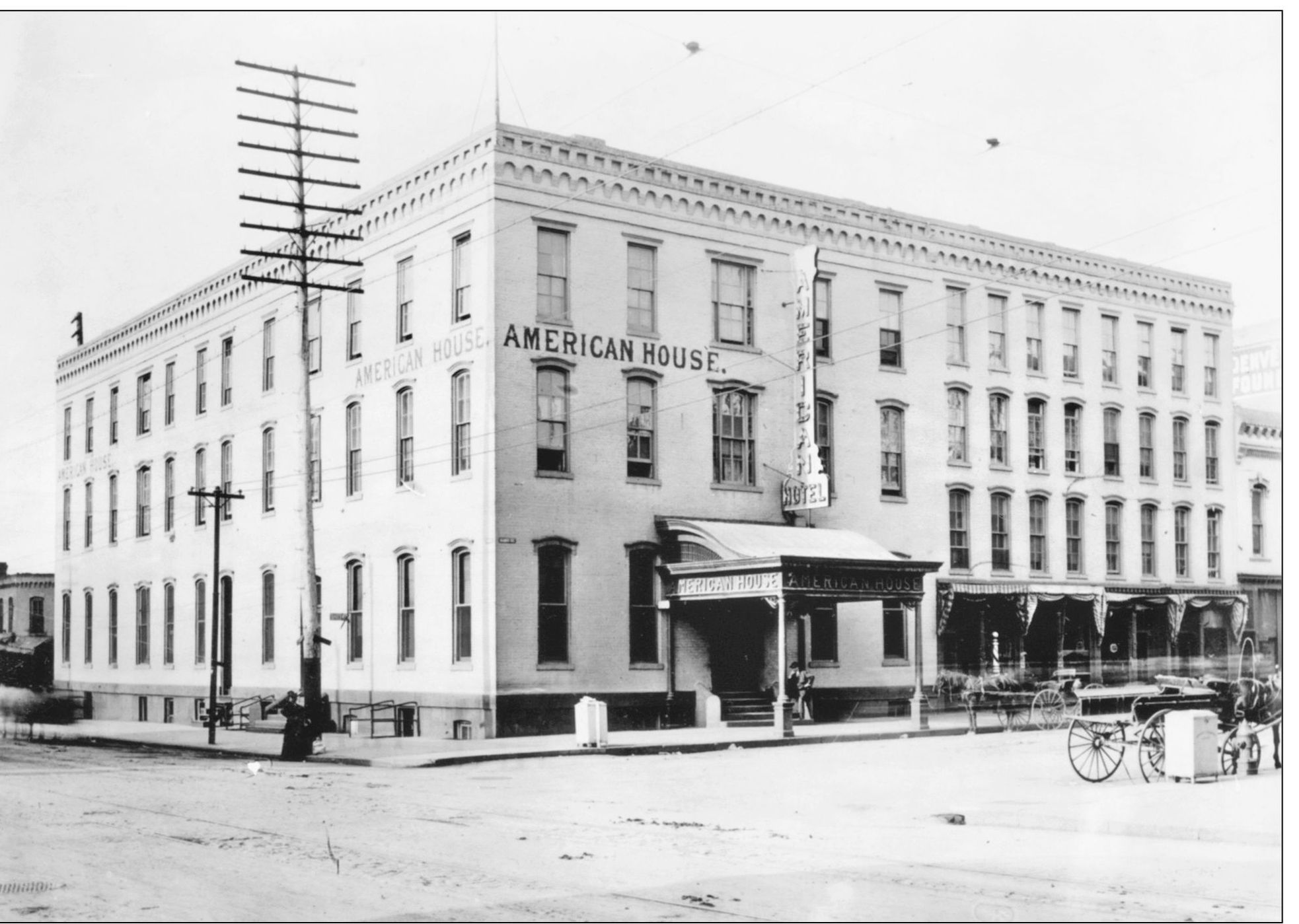
The American House, at 1601 Blake Street, was constructed in 18691870. This early hotel was built by John W. Smith, who had also purchased and managed the adjacent Inter-Ocean Hotel and the Red Lion Inn, which once occupied the land where the Sugar Building (built in 1906) stands today at 1530 Sixteenth Street. Considered Denvers first modern hotel, the American House played host to many distinguished visitors, including Pres. Ulysses Grant; Cyrus Field, who laid the first trans-Atlantic cable; and Grand Duke Alexis of Russia. The American House was outfitted with fine china, glassware, and silver, and was decorated with walnut furniture, plush curtains, feather mattresses, boot jacks, and metal bathtubs, which were filled by the head porter with hot or cold water from pitchers. The kitchen offered fare such as prairie chicken, buffalo tongue, trout, wild turkey, and antelope cutlets. The cellar held a large stock of imported wines and liqueurs, and the bar blazed at night with coal lamps fitted with polished tin reflectors. The bar included spittoons and billiard tables. The architect is unknown. (Courtesy of DPL.)
An early advertisement boasted: Two hundred rooms, suites and apartments. Well ventilated. Lighted with gas. Telegraph from each room to office. First class in every department. It was reportedly the first building in the city to use steam heat. For 10 years the three-story American House was the largest hotel in the city, only to be outdone by the Windsor Hotel in 1880.

